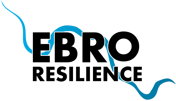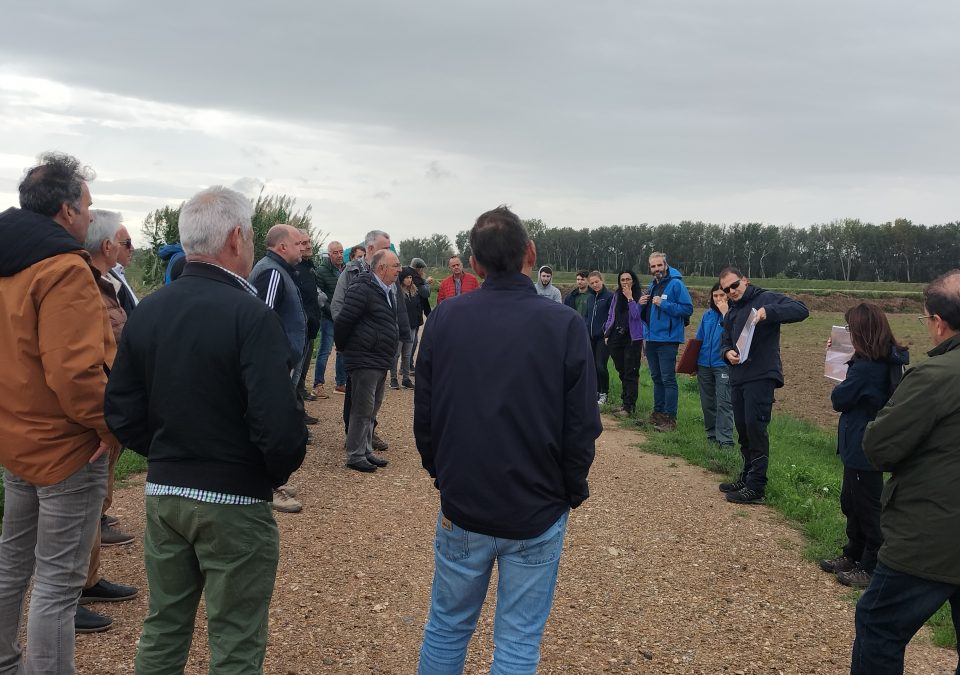The LIFE Ebro Resilience P1 Project seeks to ensure that the population of the Ebro riverbank and its economic activities coexist with an Ebro in a good state of conservation, reducing the impact of the inevitable floods.
In addition, it has as an associated objective, that its proposal with adaptation measures, environmental restoration, participation actions, activities that increase and strengthen social capacities in the face of floods, can be applied in other areas of the same stretch, other Spanish basins and European basins with similar problems .
Among the replication actions (exporting successful experiences to other territories) are the conferences organized in October by the Government of Navarre, through the Environmental Management of Navarre (GAN-NIK), together with the Ebro Hydrographic Confederation, for municipal representatives and farmers from Navarre.
The objective: to publicize the positive experiences of adaptation to flood risk in agricultural areas that have been implemented or are being planned in Aragon.
Specifically, the protagonism has been for:
- Floodable areas, a type of intervention that has already demonstrated its operation and positive effect in Ebro floods and that have been explained with the examples of the Mejana de la Cruz, in Alagón and in the municipality of Remolinos.
- The future lateral flow buffer zones (LFZ) that LIFE Ebro Resilience P1 has projected in the Osera de Ebro – Fuentes de Ebro section and which represent an innovative proposal: to compartmentalize 350 ha of the Ebro huerta into areas that will be pre-flooded in a controlled manner during episodes of extraordinary flooding, generating water buffers that will minimize damage to farms and infrastructure when there is a generalized overflow.
Both days consisted of a tour with technical explanations in the presence of the Director General of Agriculture and Livestock of the Government of Navarra, Ignacio Gil, and also in contact with municipal representatives of the areas of action (Alfredo Zaldíbar, Mayor of Remolinos and María Pilar Palacín, Mayoress of Fuentes) or beneficiaries of the interventions (such as the person in charge of the Mejana de la Cruz), in order to analyze a posteriori the implementation of this type of action in areas of the Autonomous Community of Navarra.
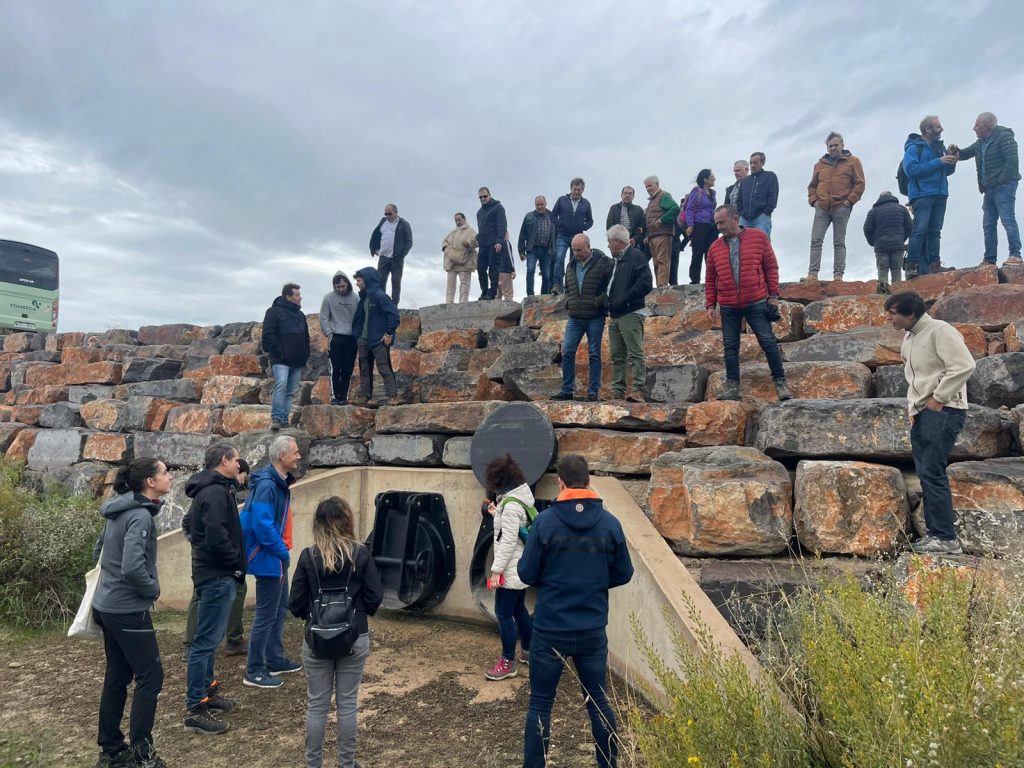
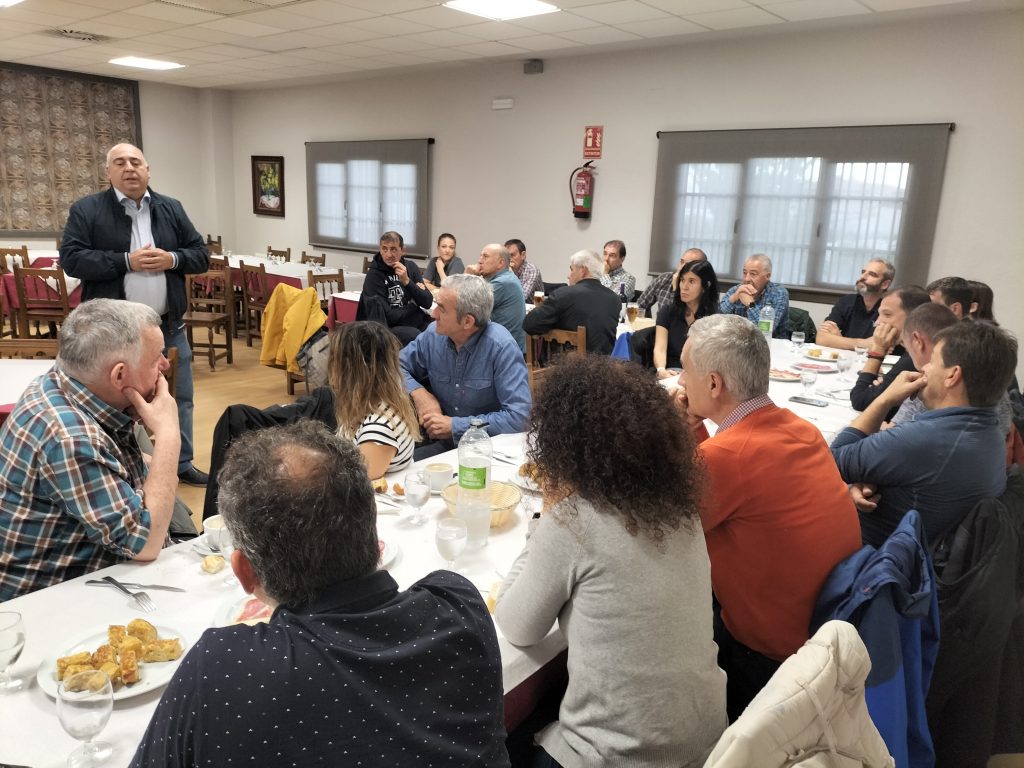
On October 2, political leaders and staff of the local entities of Milagro, Cadreita, Castejón, Valtierra, Arguedas, Tudela, Fontellas, Cabanillas, Fustiñana, Ribaforada, Buñuel and Cortes, together with representatives of Navarre’s agricultural associations and those responsible for the General Directorates and Services of Agriculture and Environment of the regional executive, met.
On October 16, a field visit was made to irrigation communities and farmers of the middle stretch of the Ebro in Navarra.
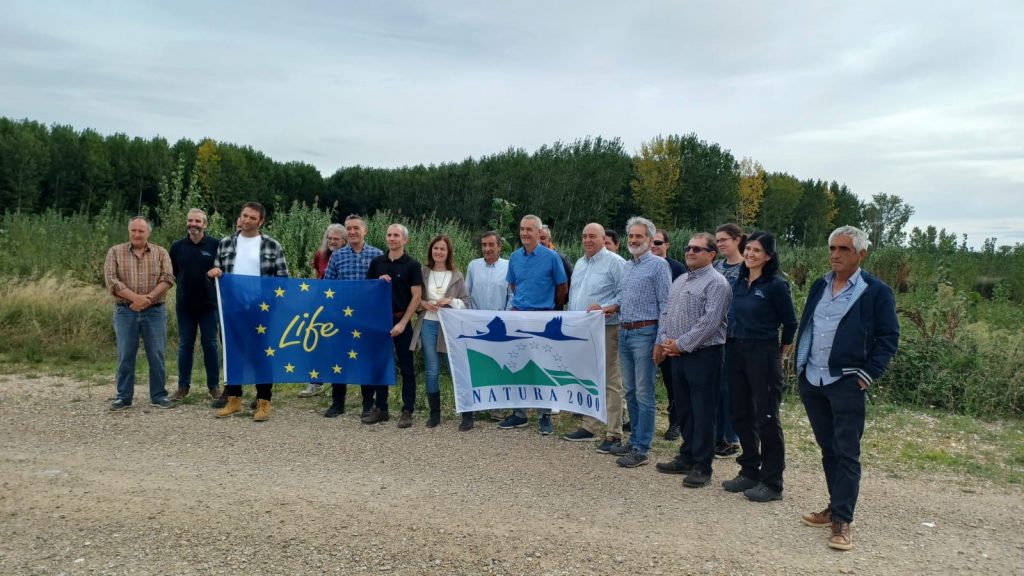
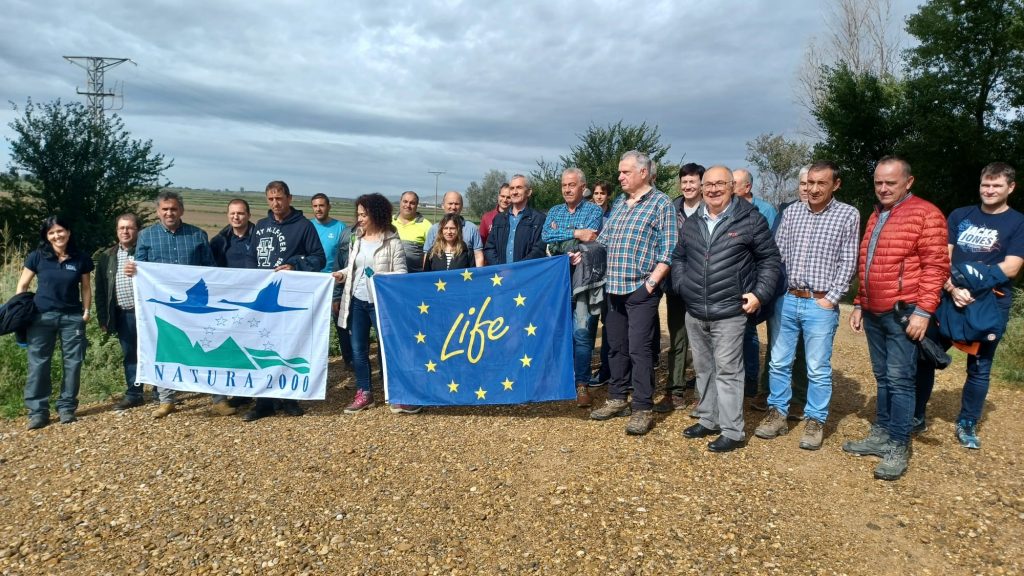
Actions in the Navarre section
The municipalities bordering the Ebro in Navarra are integrated in the planning of actions to reduce the negative effects of floods through the Ebro Resilience Strategy.
In addition, the LIFE Ebro Resilience P1 project has two sections of intervention, the first one between Alfaro, in La Rioja, and Castejón, in Navarra, with a different objective from that of the Aragonese agricultural area.
In this case, the proposal involves the recovery of the fluvial space, through the restoration of a succession of meanders, as a measure to reduce flood damage.
LIFE Project and the Ebro Resilience Strategy
The Ebro Resilience Strategy, in which the Government of Navarra, the Government of La Rioja and the Government of Aragón participate, together with the Ministry for Ecological Transition and the Demographic Challenge (MITECO), through the CHE, is a collaboration mechanism for the management of actions in the Ebro axis, specifically in the Logroño – La Zaida (Zaragoza) section, which has particular features compared to other areas of the basin, with a high exposure to the phenomenon of flooding.
Ebro Resilience is based on the application of combined measures to improve resilience after flood events, which are natural and unavoidable phenomena, and for which there is no single effective measure. It also seeks interventions compatible with sustainable development.
The LIFE Ebro Resilience P1 project (LIFE20 ENV/ES/00327), approved by the European Commission in the LIFE 2020 call, covers three autonomous communities (La Rioja, Navarra and Aragón), has a duration of 6 years and a total budget of 13,310,350 €, with 55% European funding.
This project is also an example of institutional coordination and cooperation in the intervention section, being its partners MITECO, through its companies TRAGSA and TRAGSATEC; CHE; Government of La Rioja; Government of Navarra, through Gestión Ambiental de Navarra, S.A. (GAN-NIK); Government of Aragón and the Aragonese Water Institute.
